Dried red chilies aren't just a spice rack staple—they're a flavor powerhouse that can transform your dishes from bland to bold in seconds. Whether you're a seasoned chef or a curious kitchen newbie, this guide will walk you through everything you need to know about dried red chilies. From heat levels to flavor profiles, we’ll explore how to choose, store, and use these little firecrackers like a pro.
Table of Contents
- Understanding the Heat: Scoville Scale Explained
- Meet the Cast: Common Varieties of Dried Red Chilies
- How to Buy the Best Dried Red Chilies
- Storage Tips That Keep the Flavor Alive
- Cooking with Dried Red Chilies: Tips & Tricks
- Buying Guide: Top Picks for Every Kitchen
- Frequently Asked Questions About Dried Red Chilies
- Final Thoughts: Don’t Let These Chilies Go Cold on You
Understanding the Heat: Scoville Scale Explained
Before diving into recipes, it's essential to understand what makes dried red chilies hot. The heat comes from capsaicin, a natural compound found in chili peppers. The Scoville scale measures how much capsaicin is present, giving us an idea of how spicy a chili is.
| Chili Type | Scoville Units | Heat Level | Best Use |
|---|---|---|---|
| Ancho | 1,000–2,000 SHU | Mild | Mojo sauces, stews |
| Guajillo | 2,500–5,000 SHU | Moderate | Salsas, marinades |
| Arbol | 15,000–30,000 SHU | Hot | Spicy soups, oils |
| Hatch Chile | Varies (Mild to Hot) | Variable | Roasting, salsas |
| Habanero | 100,000–350,000 SHU | Super-Hot | Hot sauces, specialty dishes |
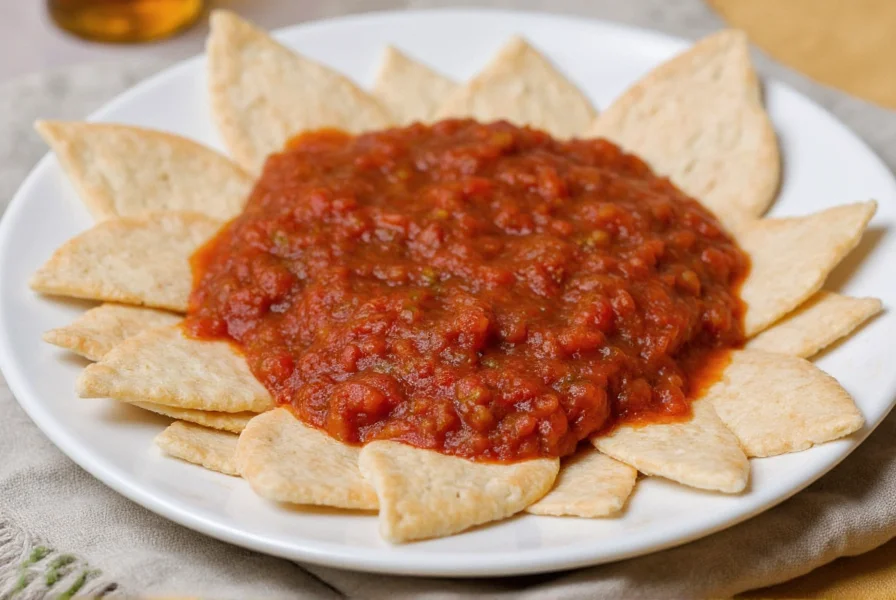
If you're new to chilies, start with milder options like ancho before moving up the heat ladder. And remember—capsaicin concentration varies by chili type and even within batches, so taste as you go!
Meet the Cast: Common Varieties of Dried Red Chilies
There are dozens of dried red chilies out there, but here are five you’re likely to find at your local market or specialty spice shop:
- Ancho: Sweet, smoky, and slightly fruity. Ideal for mole sauces.
- Guajillo: Earthy with a touch of sweetness. Great in adobo sauces.
- Arbol: Sharp, nutty heat. Perfect for infusing oils or making chili flakes.
- Chipotle: Smoked jalapeños, rich and smoky. Adds depth to stews and meats.
- Habanero: Fiery and citrusy. For those who want maximum burn with tropical flair.
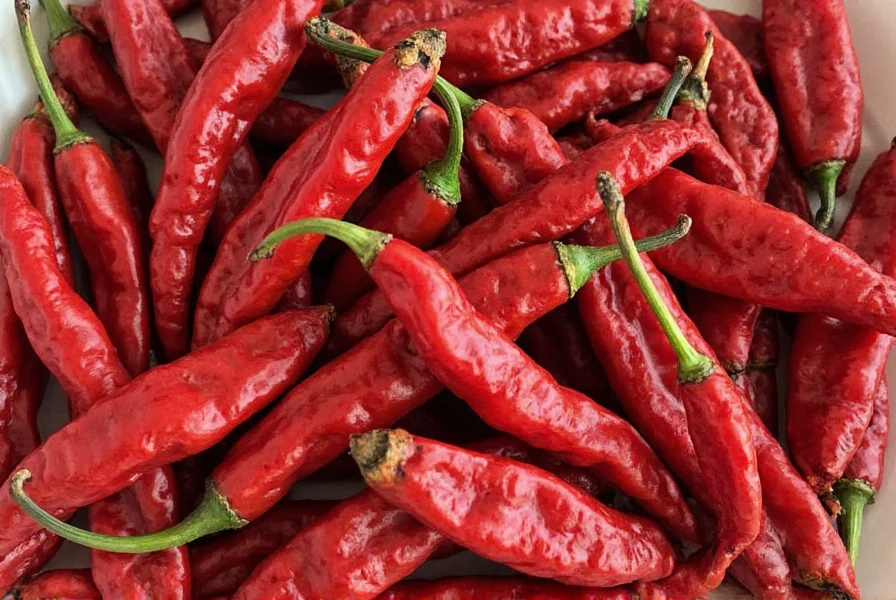
Each has its own unique flavor profile and culinary role. Try them all to discover your favorites!
How to Buy the Best Dried Red Chilies
When shopping for dried red chilies, look for these qualities to ensure you get the best product:
- Firm and Flexible: Avoid brittle, cracked chilies—they’ve lost moisture and flavor.
- Bright Color: Deep red or reddish-brown hues indicate freshness and potency.
- Even Texture: No mold spots or soft patches. If buying pre-packaged, make sure they’re sealed tightly.
- Aroma: Give them a sniff! They should smell rich and pungent—not musty or stale.

If you're lucky enough to shop in bulk, test a small piece first. Rehydrate a tiny bit and taste it before committing to a big batch.
Storage Tips That Keep the Flavor Alive
Dried red chilies are shelf-stable but can lose potency over time. To keep them fresh:
- Store in Airtight Containers: Ziplock bags, glass jars, or vacuum-sealed containers work great.
- Keep Cool & Dark: Store in a pantry away from sunlight and moisture.
- Freezer Option: For long-term storage, pop them in the freezer. They’ll last for years without losing heat or flavor.
- Label & Date: Know what you have and when you bought it.
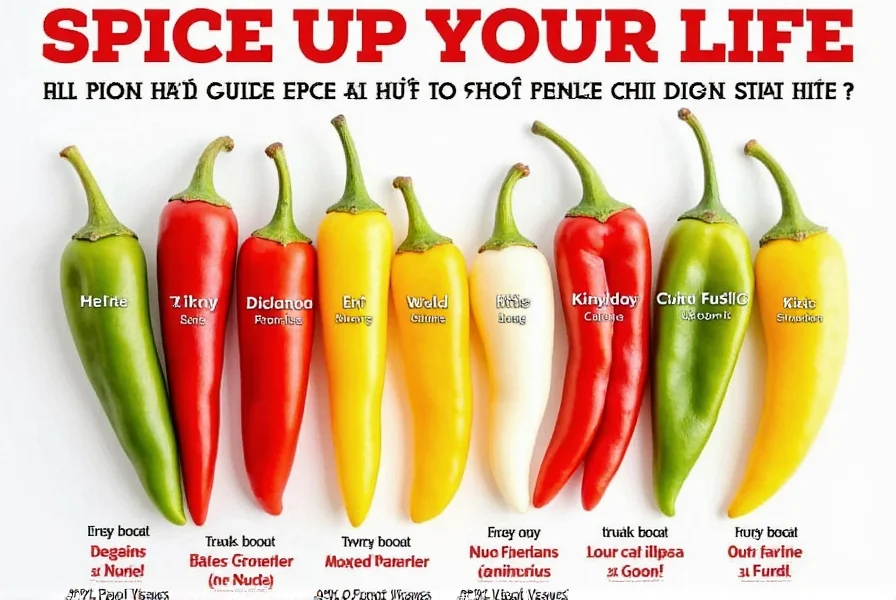
Pro tip: If you notice the color fading or the aroma dulling, it’s time to replace your stash.
Cooking with Dried Red Chilies: Tips & Tricks
Cooking with dried red chilies can seem intimidating, but once you get the hang of it, you’ll wonder how you ever cooked without them. Here’s how to use them like a pro:
- Toast First: Dry toast them in a pan for 1–2 minutes per side. This unlocks deeper, nuttier flavors.
- Remove Seeds and Stems: Most of the heat is in the seeds and membranes. Remove them if you prefer a milder taste.
- Rehydrate: Soak in warm water or broth for 15–30 minutes before blending into sauces or pastes.
- Grind: Once dried and toasted, grind them into powder for rubs, seasonings, or DIY chili flakes.
- Infuse: Steep in oil or vinegar to create custom-flavored cooking bases.
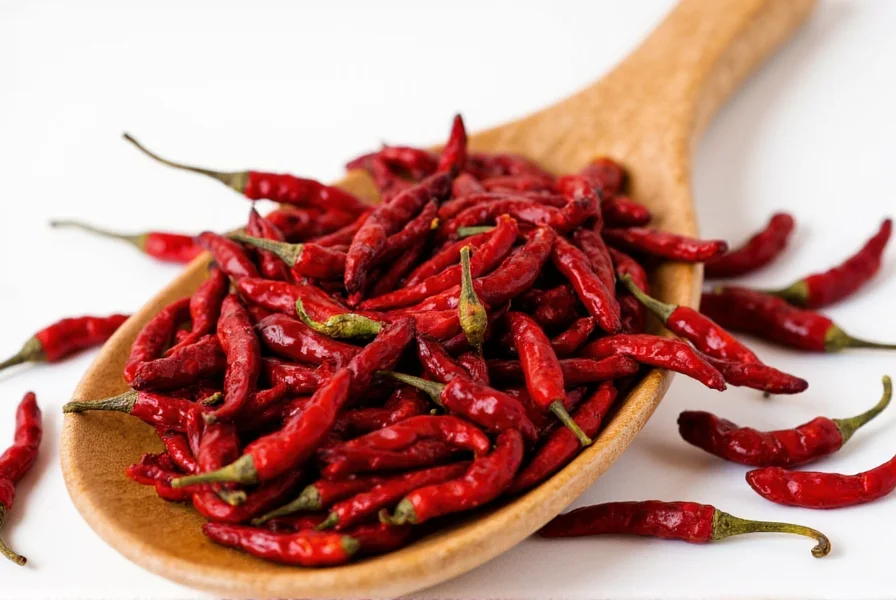
Try adding a pinch of ground ancho to your next tomato sauce, or make a fiery guajillo vinaigrette for salads. The sky’s the limit!
Buying Guide: Top Picks for Every Kitchen
We’ve rounded up some of the best dried red chilies available today, tailored for different uses and heat preferences:
| Product | Features | Advantages | Use Case | Who It’s For |
|---|---|---|---|---|
| La Morena Dried Guajillo Peppers | Packaged in Mexico, consistent size and flavor | Great for traditional Mexican sauces | Homemade adobo or enchilada sauce | Home cooks and Latin cuisine lovers |
| El Yaque Ancho Chiles | Soft texture, sweet smokiness | Perfect for grinding into powders | Mole recipes, dry rubs | Beginners and gourmet foodies |
| Organic Habanero Chilies (Whole) | Organic certified, intense heat | Long-lasting spiciness | Hot sauces, Caribbean dishes | Experienced cooks and spice hunters |
| Arbol Chilies – Sun-Dried & Whole | Natural drying process, robust flavor | Excellent for chili oils and soups | Oil infusions, pickling liquids | Intermediate chefs and homebrewers |
| Mexi-Peppers Chipotle Chilies | Smoked jalapeños with deep smoky notes | Easy to blend into sauces | BBQ rubs, hearty soups | Meat lovers and comfort food fans |
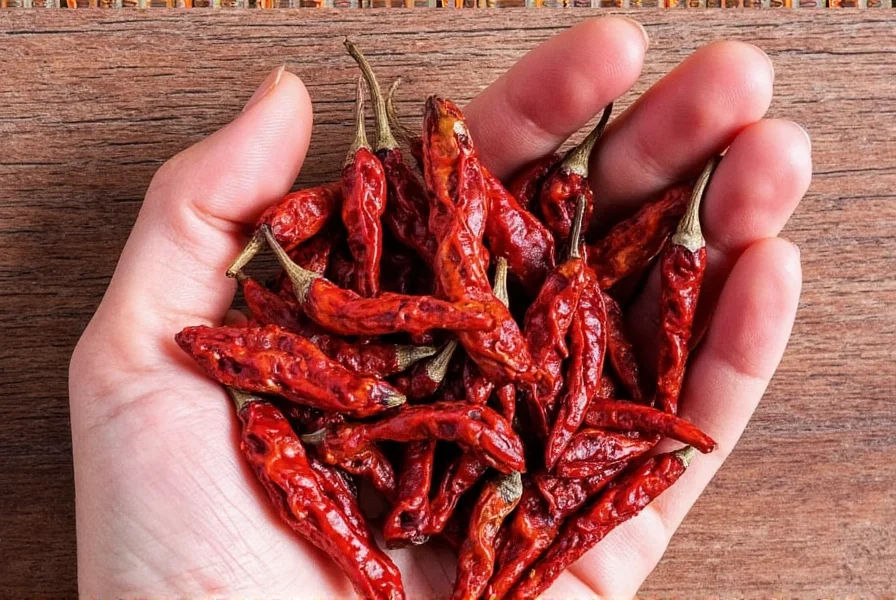
Whether you're looking to replicate a classic recipe or experiment with homemade blends, one of these picks will suit your needs.
Frequently Asked Questions About Dried Red Chilies
- Can I eat dried red chilies raw? Technically yes, but they’re quite tough and bitter. Toasting or rehydrating enhances their flavor significantly.
- Do dried chilies go bad? Not exactly, but they lose potency and flavor over time. Stored properly, they can last for years.
- Are dried red chilies hotter than fresh ones? Often yes, because drying concentrates capsaicin. But it depends on the variety.
- Can I substitute one chili for another? Yes, but match the heat level and flavor profile as closely as possible.
- How do I reduce the heat in a dish? Add dairy (like sour cream), sugar, or acid (like lime juice) to balance the spice.
Final Thoughts: Don’t Let These Chilies Go Cold on You
Dried red chilies are more than just heat—they're flavor bombs waiting to elevate your meals. Whether you're simmering a slow-cooked stew or spicing up a quick stir-fry, these chilies offer versatility, depth, and a kick that keeps people coming back for more.
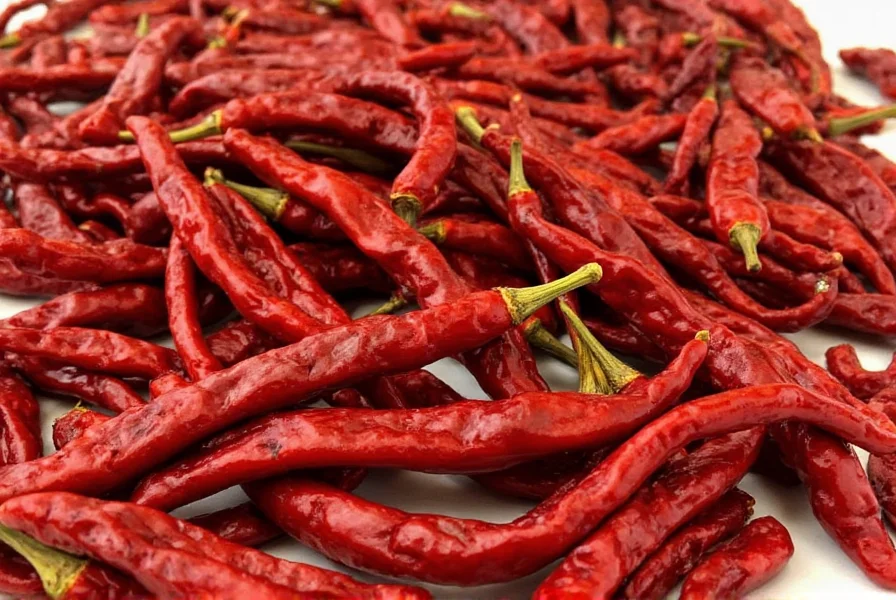
So don’t be shy—stock up, experiment, and make friends with the fiery world of dried red chilies. Your taste buds will thank you, even if they're crying a little in the process.

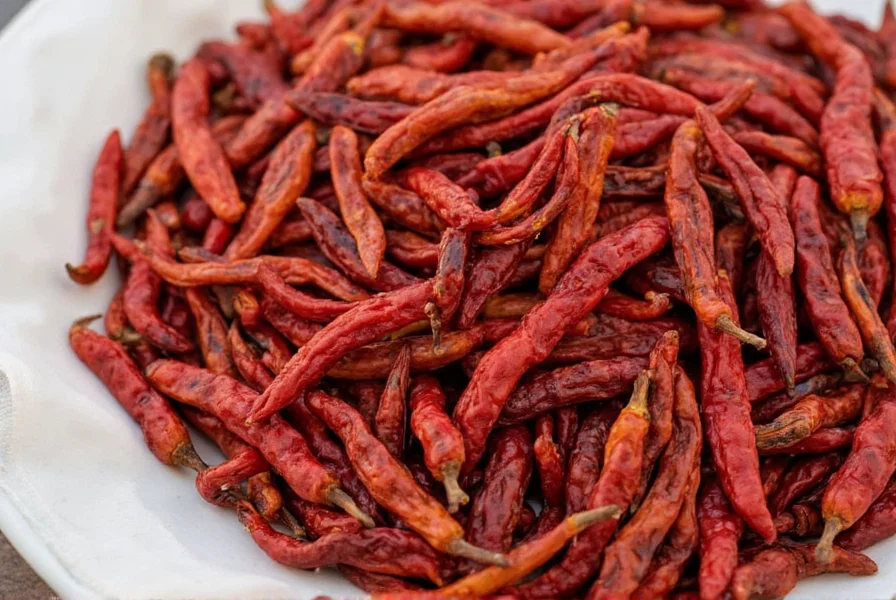









 浙公网安备
33010002000092号
浙公网安备
33010002000092号 浙B2-20120091-4
浙B2-20120091-4